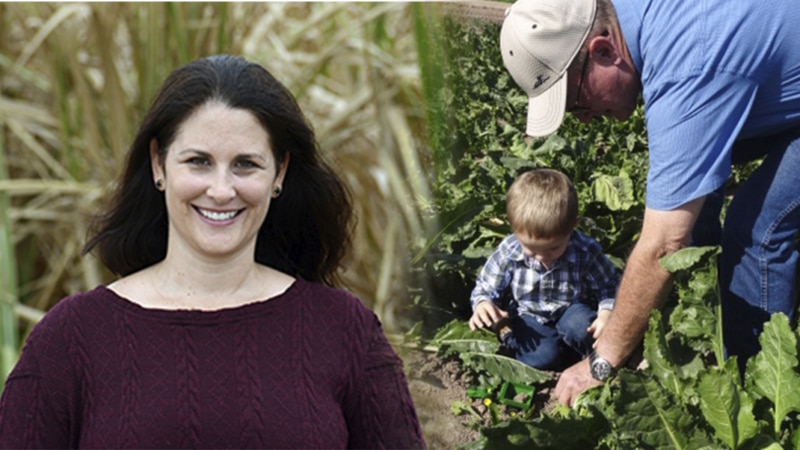Farmers Stand on the Front Lines of Food Security
National Agriculture Day is an annual day to celebrate the American farmer. In America, we spend a smaller proportion of our household income on food than any other developed country. A safe, affordable food supply with amazing variety and unequaled distribution is something to celebrate.
However, as farmers prepare for spring planting this year, the mood across agriculture is far from celebratory. Skyrocketing input costs are putting the squeeze on already tight farm budgets, debts relative to assets are rising, and the cost of credit is going up, leaving farmers uncertain about the future and consumers wary of the rising costs of food.
Our farmers are standing on the front lines of food security. America’s farm policies must reflect this reality.
The farm families who grow sugarcane and sugarbeets are a critical part of the American food supply. Thanks to our farmers and processors, mills, and refineries, these crops are turned into a ready supply of sugar. More than 60 different kinds of sugar, including powdered sugar, brown sugar, various granular sizes and many other types of sugar, keep food manufacturing lines humming and home pantries stocked with just-in-time deliveries to food companies and grocery stores.
Growing sugar certainly takes hard work and requires major expenses. For example, even using today’s most advanced conservation techologies, we need fuel to power our tractors and fertilizer to nurture our crops.
Just like most Americans, farmers are feeling the pain at the gas pump. A diesel-powered tractor might require five gallons of fuel just to prepare and plant seed on one acre. With diesel above $5 a gallon, a farmer planting 1,000 acres is looking at a $26,000 bill for fuel costs alone, up $10,000 from just last March. It will cost a lot more to care for and harvest the crop this fall.
Fertilizer prices are also soaring, with some fertilizer components increasing in cost by triple digits. Our farmers are being crushed by these unsustainable costs. Increased costs of production are one reason why the U.S. Department of Agriculture forecasts a 7.9 percent drop in farm income for 2022.
As the world watched Russia’s invasion of Ukraine in horror, the war sent shockwaves through these already tenuous fuel and fertilizer supply chains. Countries like Ukraine, Algeria, Moldova, and even Russia, have acted quickly to protect their domestic food supplies by banning the export of sugar and other essential goods. Across the globe, Brazil is expected to divert more of its sugarcane production to ethanol in response to rising oil prices.
The world’s sugar market was already the world’s most volatile commodity market. Now, this famously dysfunctional market is even more uncertain and unstable. This crisis has underscored the importance of supporting our sugar farmers to ensure that America is not overly dependent on unreliable foreign suppliers for sugar. We already depend on foreign suppliers for about 30 percent of our needs.
Unfortunately, the price of sugar does not reflect either sugar’s importance as an essential ingredient or the incredible challenges facing America’s sugar farmers as they work to improve productivity while meeting some of the highest labor and environmental standards in the world. Domestic sugar prices have remained relatively flat over the past 40 years. In fact, U.S. sugar prices have fallen in real terms when accounting for inflation.
Our farmers are proud to help feed America. But this year, many of them might be wondering how they will be able to pass their farm to the next generation.
America’s farm and trade policies must continue to reflect the integral role that farmers play in securing our food supply and ultimately, the role they play in our national security. That’s the best thanks we can give our farmers this National Agriculture Day.



